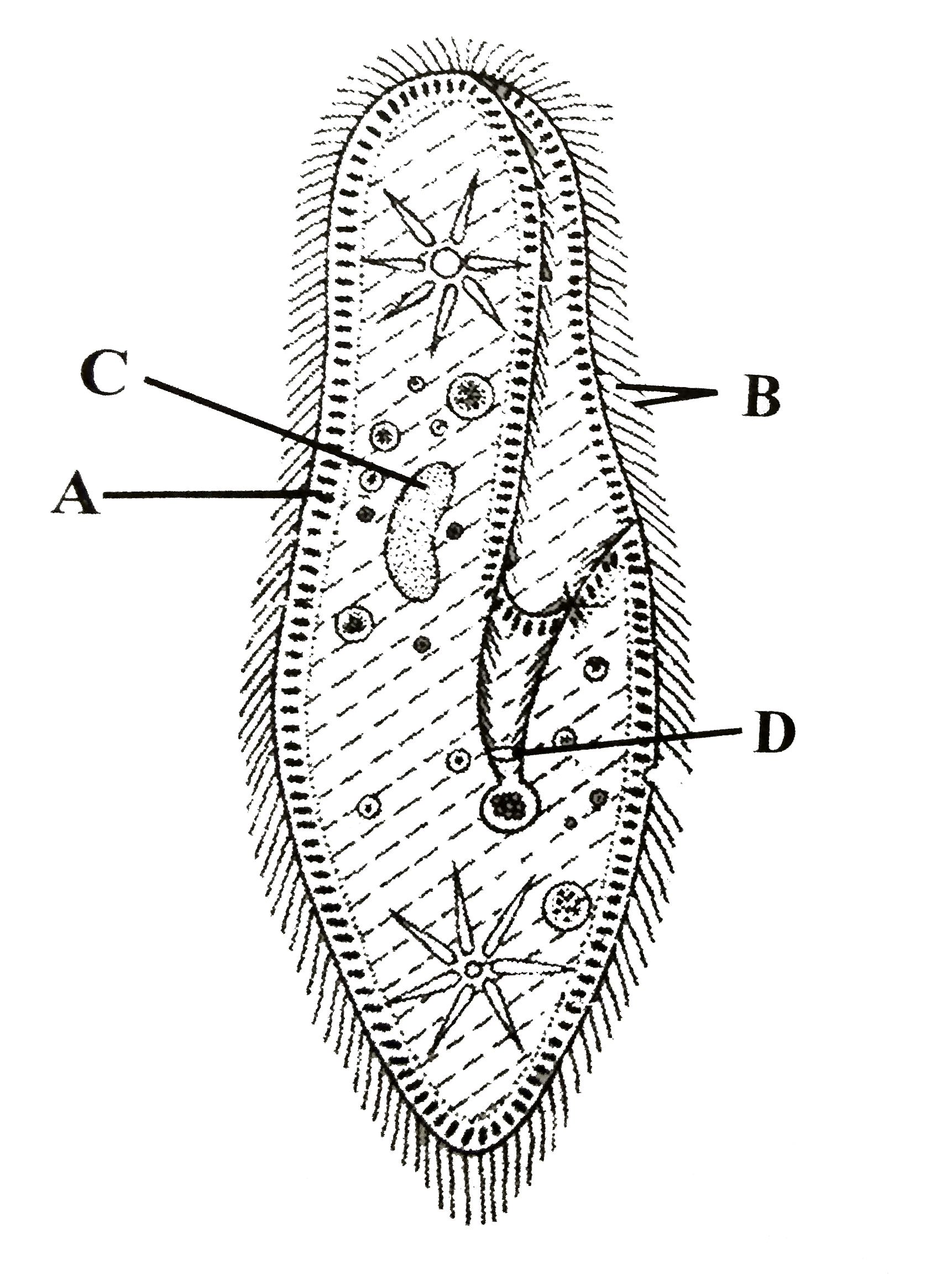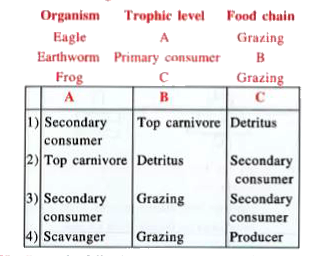Refer the given figure of nucleosome and select the option that correctly identifies the parts A,B and C.
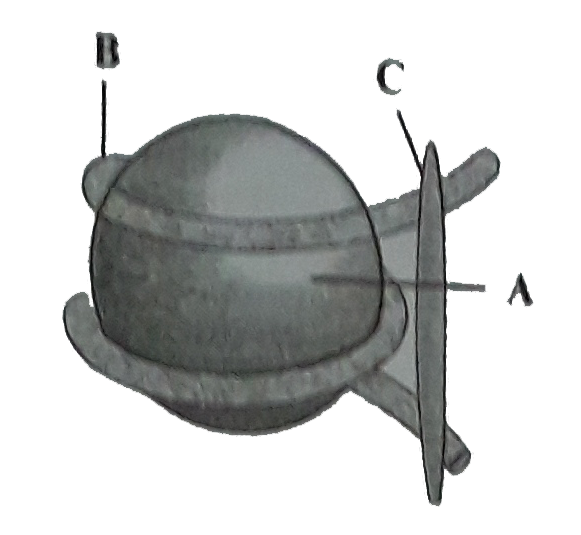
A
B
C
D
Video Solution
Text Solution
The correct Answer is:c
(c) : In eukaryotes, DNA organisation is complex. There is a set of positively changed, basic porteins called histones. Histones are rich in the basic amino acid residues lysine and arginine. There are five types of histone proteins-. Four of them produce histone octamer called nu body or core of nucleosome . The negatively charged DNA is wrapped around the positively charged histone octamer to form nucleosome. DNA connecting two adjacent nucleosomes is called linker DNA which bears histone proteins.
|
Updated on:21/07/2023
Topper's Solved these Questions
- BOOK - NCERT FINGERTPS ENGLISHCHAPTER - MOLECULAR BASIS OF INHERITANCEEXERCISE - HOTS8videos
MOLECULAR BASIS OF INHERITANCE
- BOOK - NCERT FINGERTPS ENGLISHCHAPTER - MOLECULAR BASIS OF INHERITANCEEXERCISE - NCERT28videos
MOLECULAR BASIS OF INHERITANCE
- BOOK - NCERT FINGERTPS ENGLISHCHAPTER - MICROBES IN HUMAN WELFAREEXERCISE - Microbes In Human Welfare138videos
MICROBES IN HUMAN WELFARE
- BOOK - NCERT FINGERTPS ENGLISHCHAPTER - ORGANISMS AND POPULATIONEXERCISE - Organisms And Population175videos
ORGANISMS AND POPULATION
Similar Questions
Knowledge Check
- Question 1 - Select One
Select the option that correctly identifies A,B and C in the table.
 AABCTop carnivoreDetritusSecondary consumerBABCTop carnivoreDetritusPrimary consumerCABCSecondary consumerGrazingSecondary consumerDABCScavangerGrazingProducer
AABCTop carnivoreDetritusSecondary consumerBABCTop carnivoreDetritusPrimary consumerCABCSecondary consumerGrazingSecondary consumerDABCScavangerGrazingProducer - Question 2 - Select One
Observe the given figures and select the option that correctly identies the labers A,B,C and D.
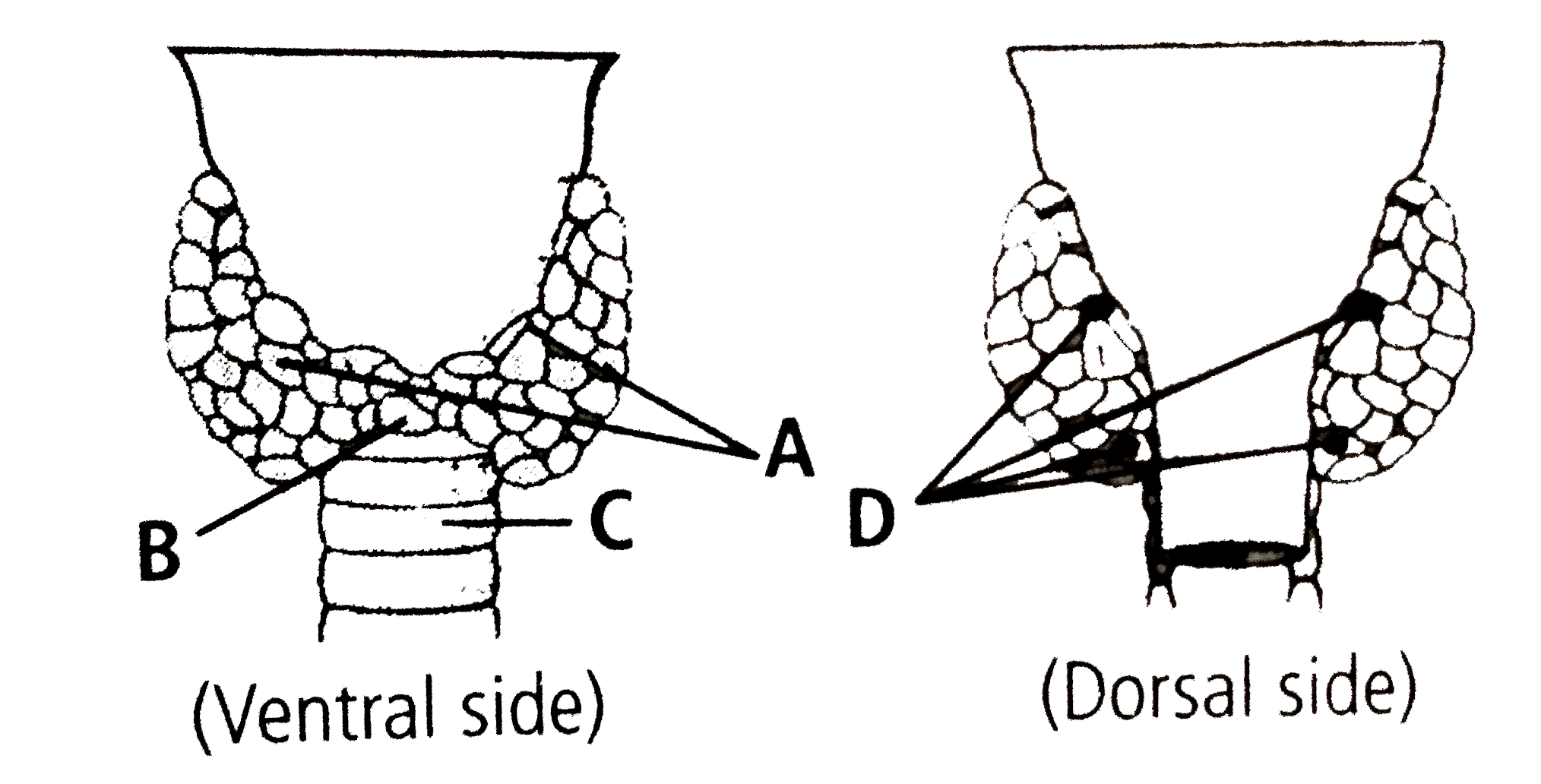 AABCDParathyroid glandIsthmusTracheaThyroid glandBABCDThyroid glandIsthmusTracheaParathyroid glandCABCDThyroid glandIsthmusLarynxParathyroid glandDABCDThyroid glandCorpus luteumTracheaParathyroid gland
AABCDParathyroid glandIsthmusTracheaThyroid glandBABCDThyroid glandIsthmusTracheaParathyroid glandCABCDThyroid glandIsthmusLarynxParathyroid glandDABCDThyroid glandCorpus luteumTracheaParathyroid gland - Question 3 - Select One
Refer to the given figure and select the option which correctly identifies A,B and C
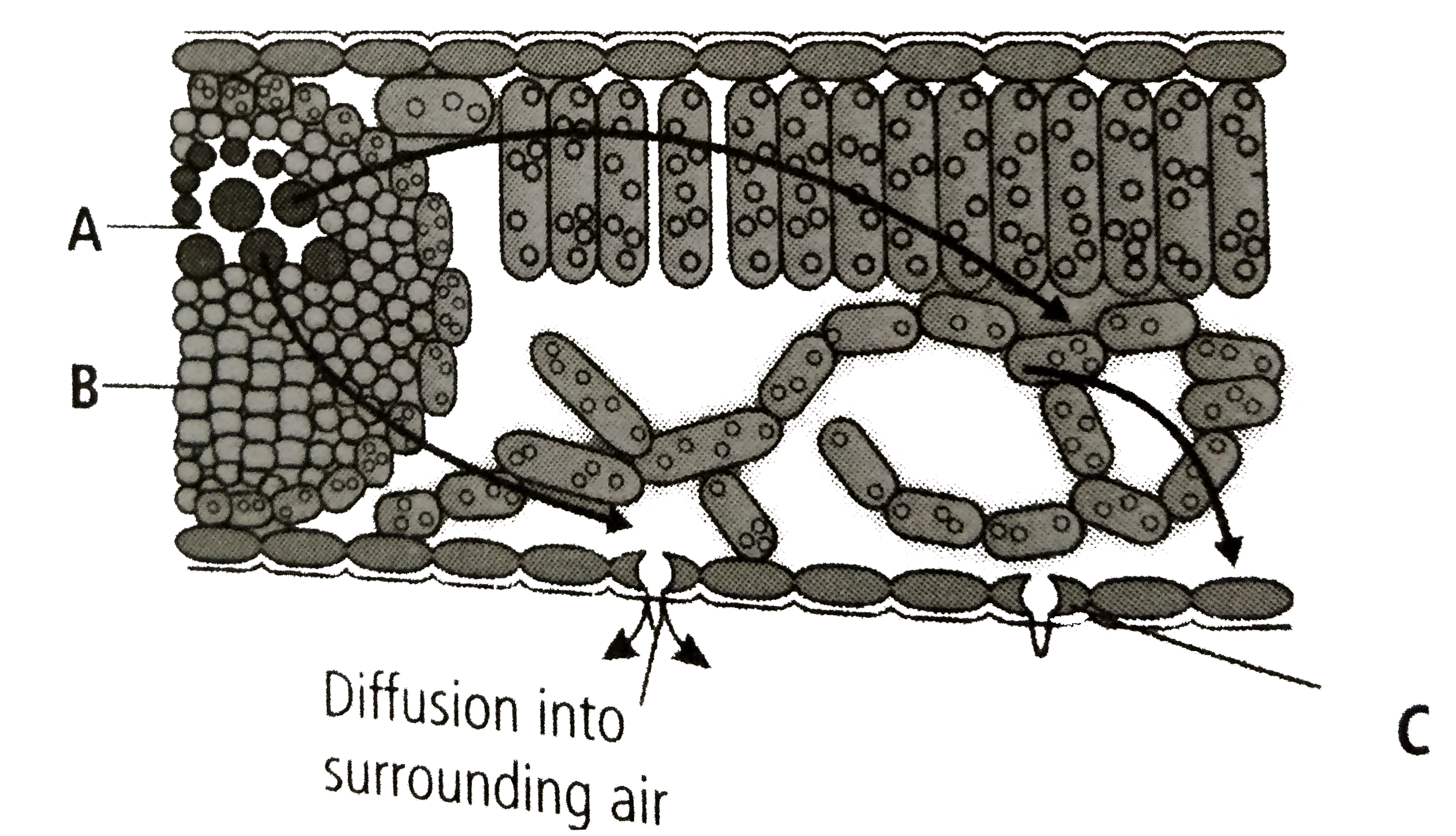 AABCXylemPhloemStomatal poreBABCPnloemXylemStomatal poreCABCPnloemXylemGuard cellDABCXylemPnloemGuard cell
AABCXylemPhloemStomatal poreBABCPnloemXylemStomatal poreCABCPnloemXylemGuard cellDABCXylemPnloemGuard cell
Select the option that correctly identifies the labels A,B, C and D in the given diagram.
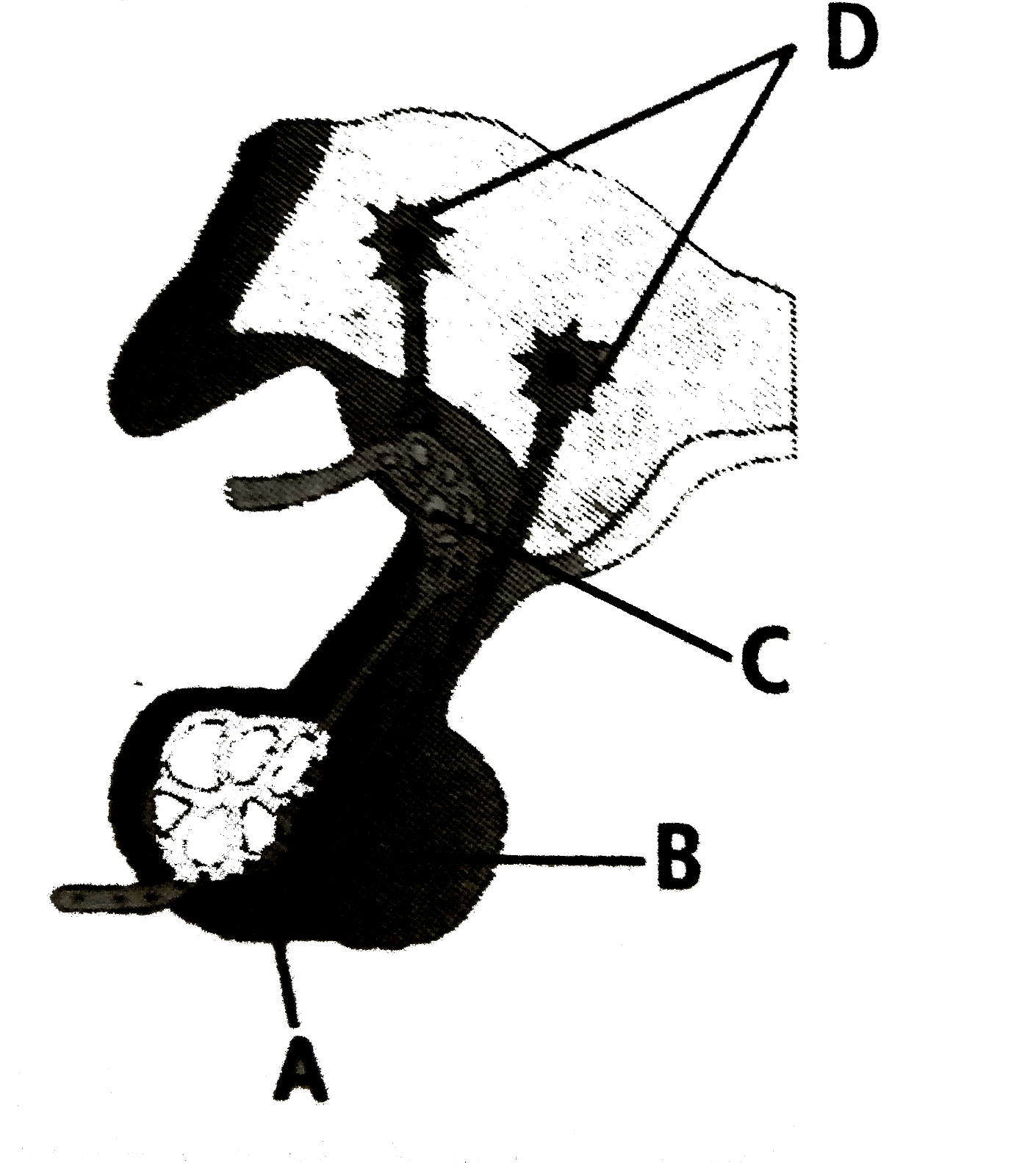 View Solution
View SolutionRefer to the given figure of human urinary system and select the option that correctly identifies the labelled parts A to E.
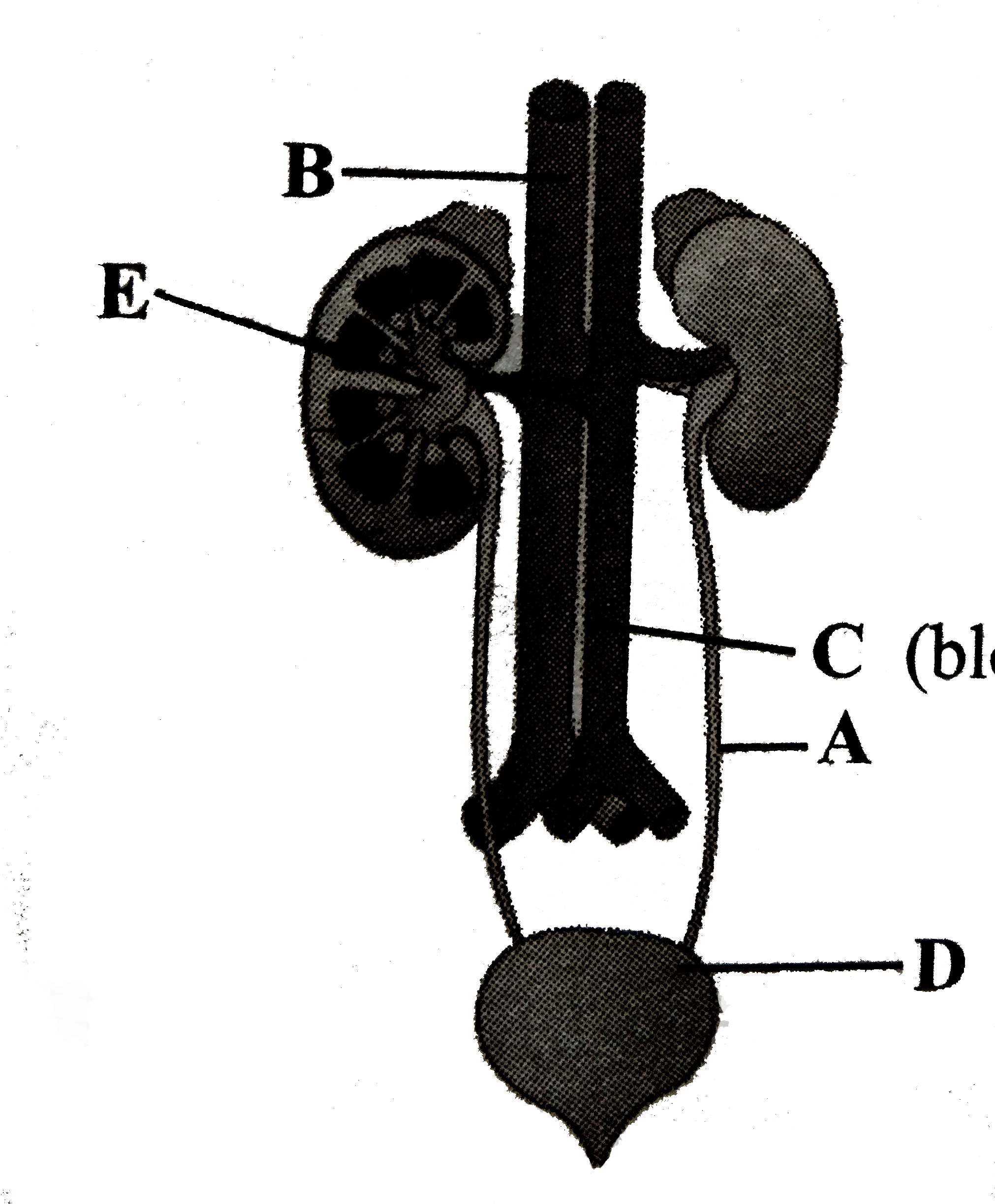 View Solution
View SolutionStudy the given figure showing structure of Euglena and select the option that correctly identifies A,B,C and D.
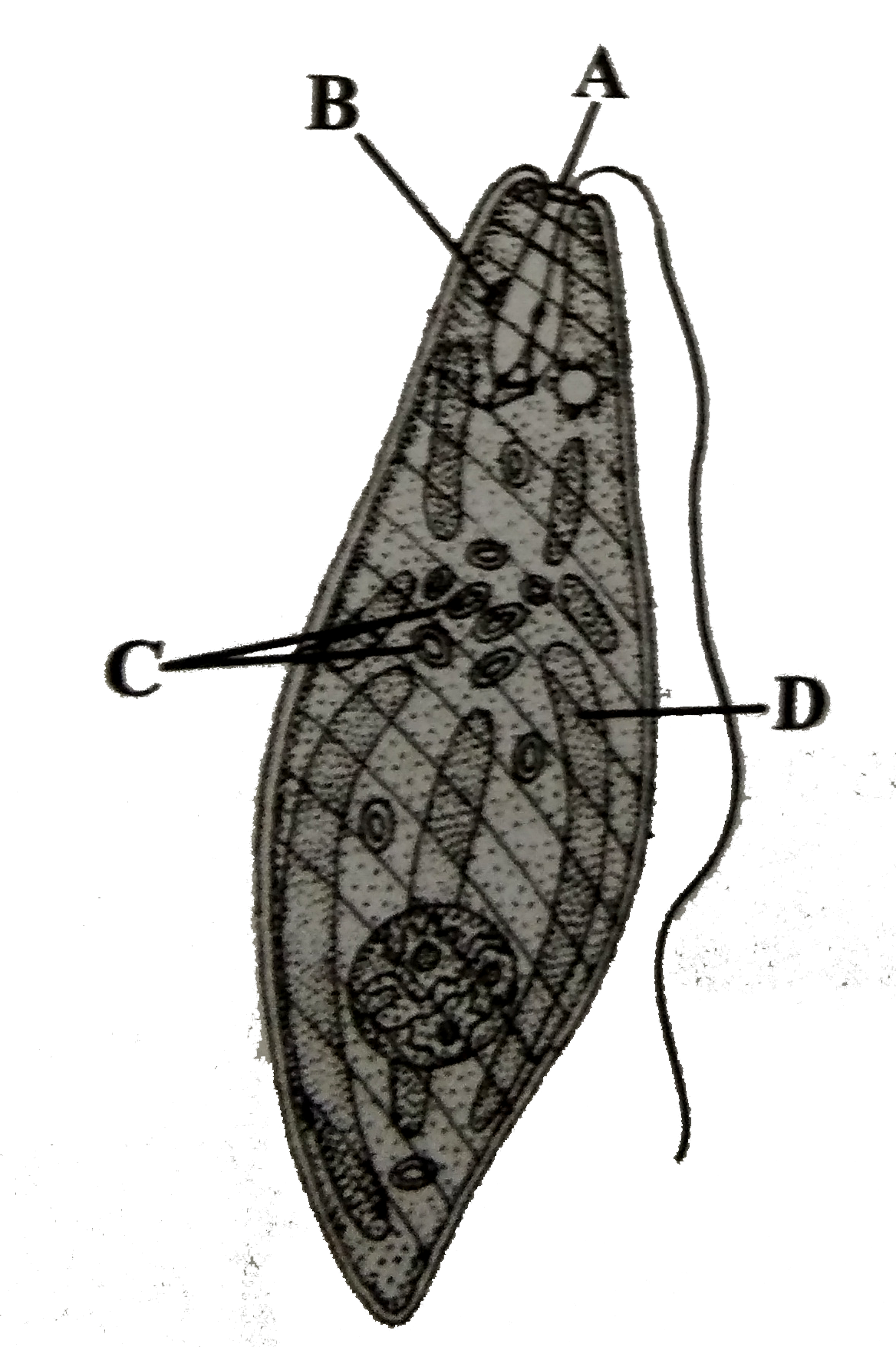 View Solution
View SolutionRefer to the given figures and select the correct option.
 View Solution
View SolutionSelect the option which correctly identify the given plant.
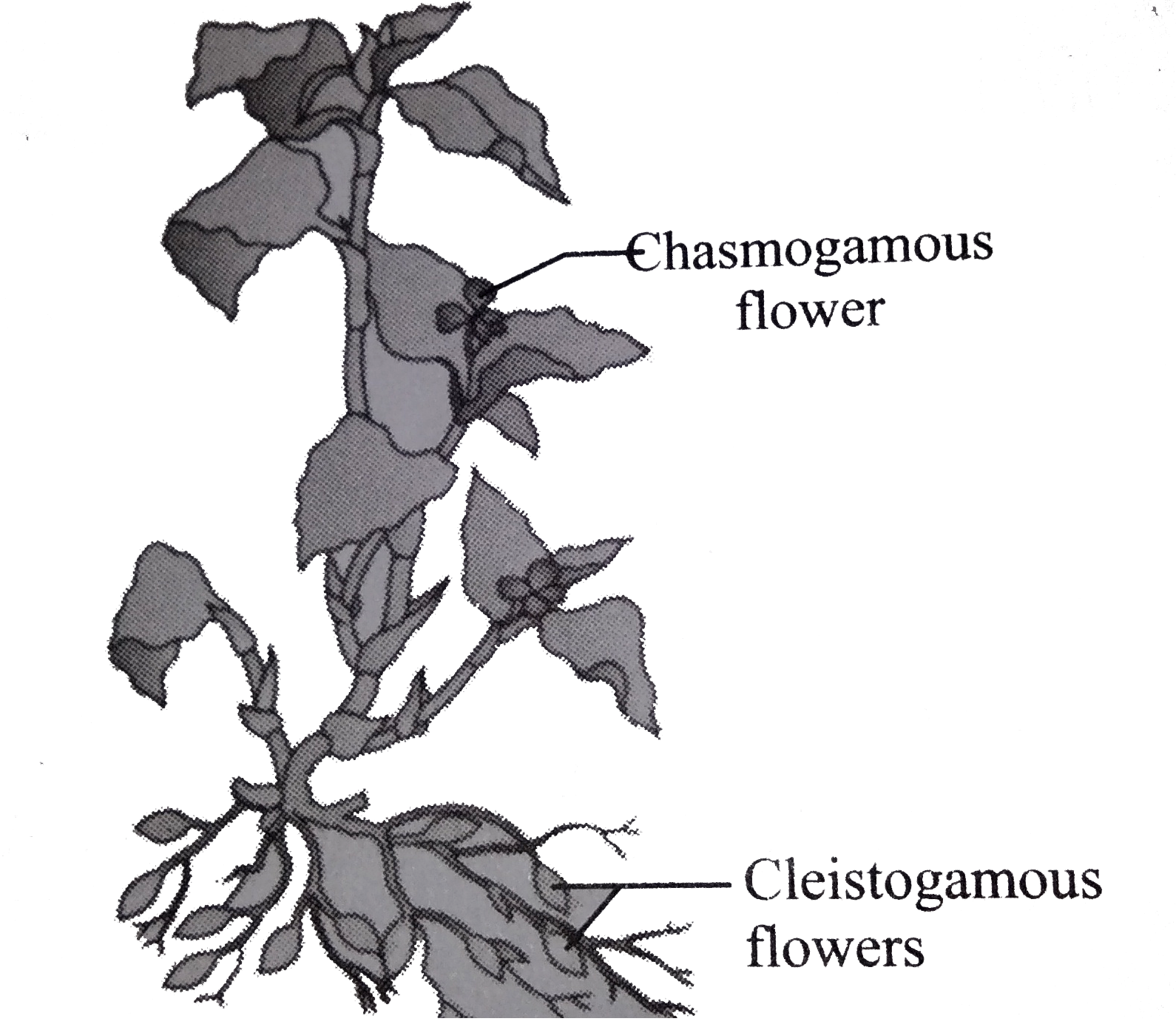 View Solution
View Solution


